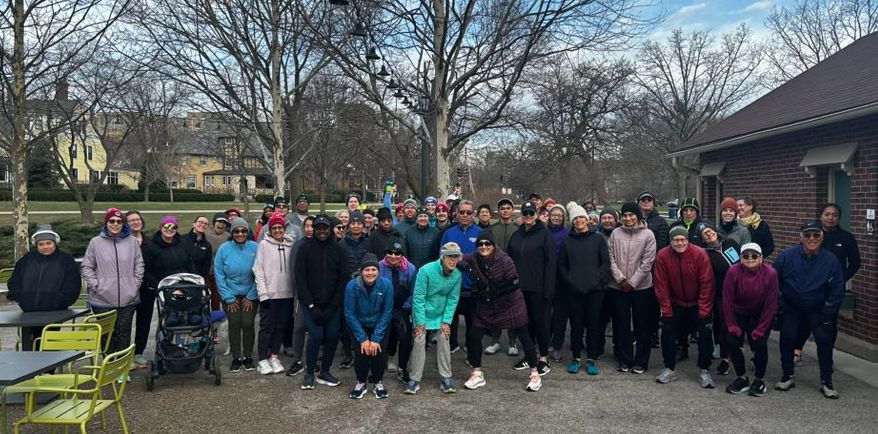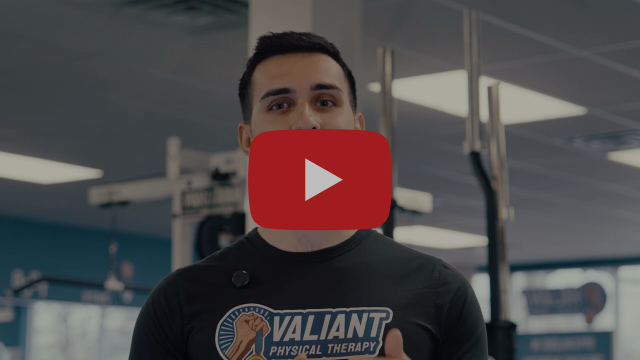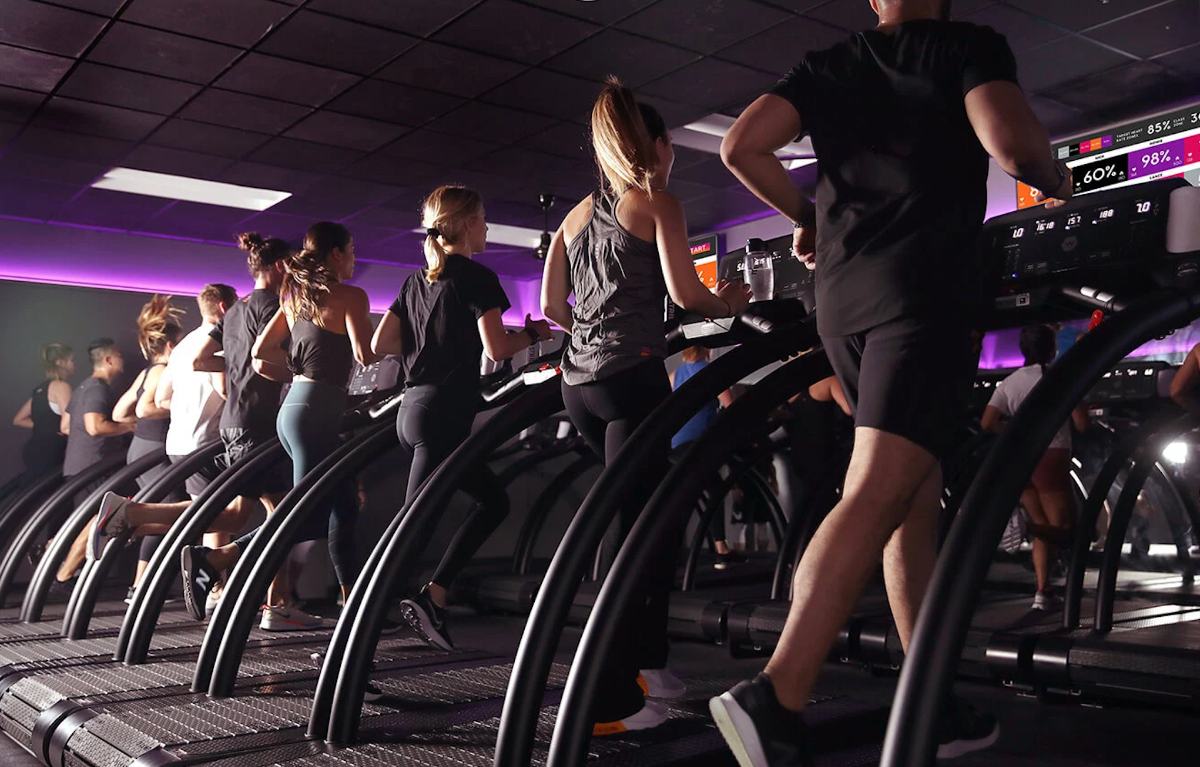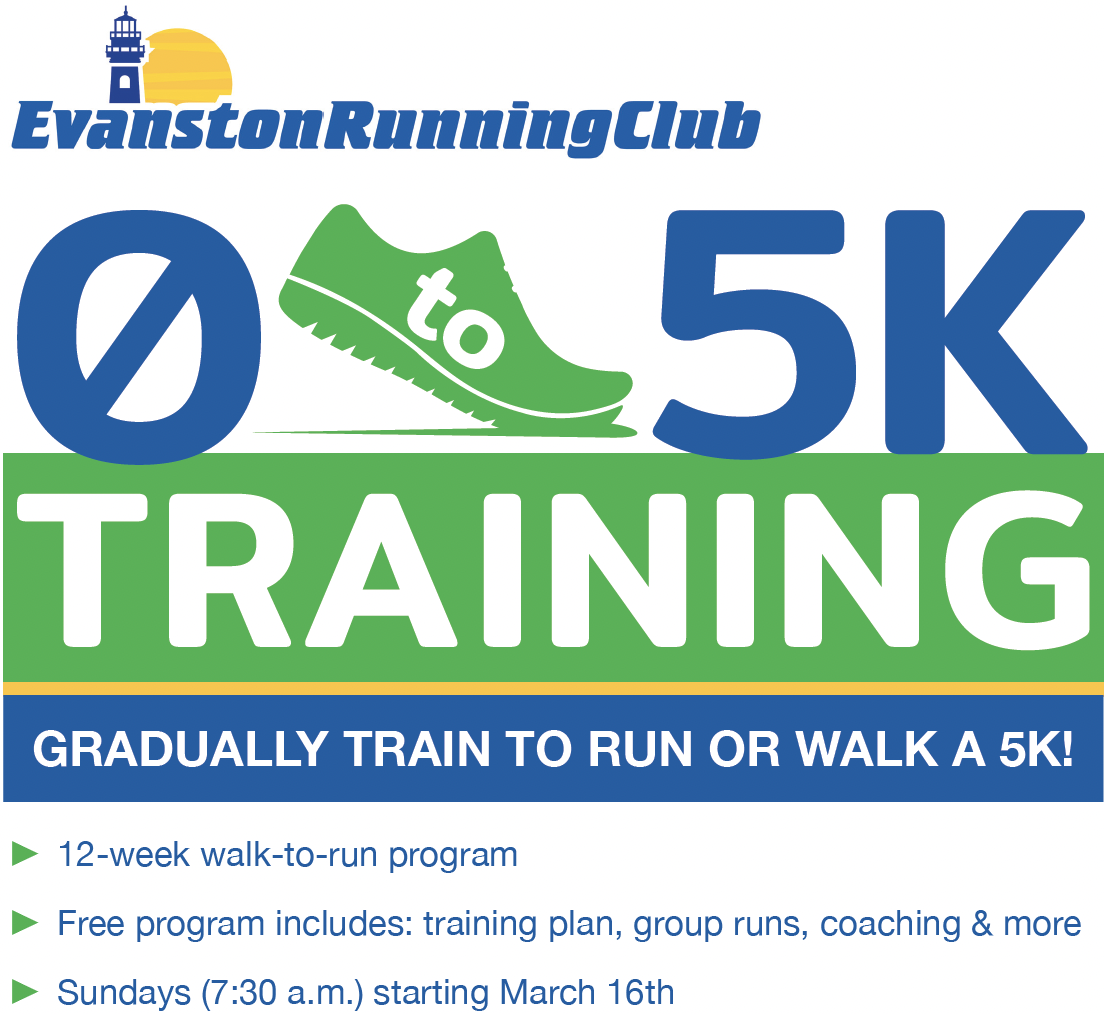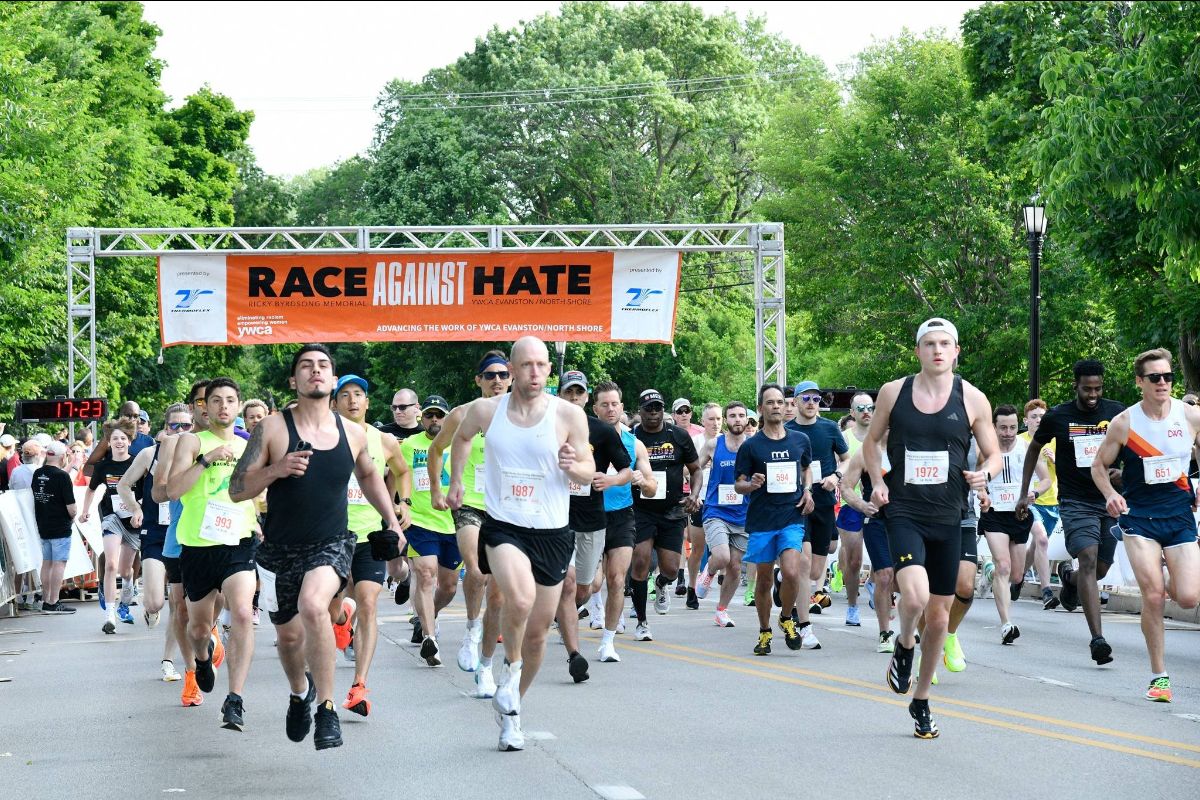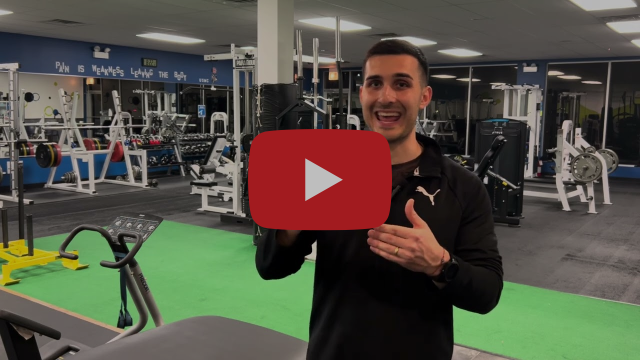
Reading Time: 3mins
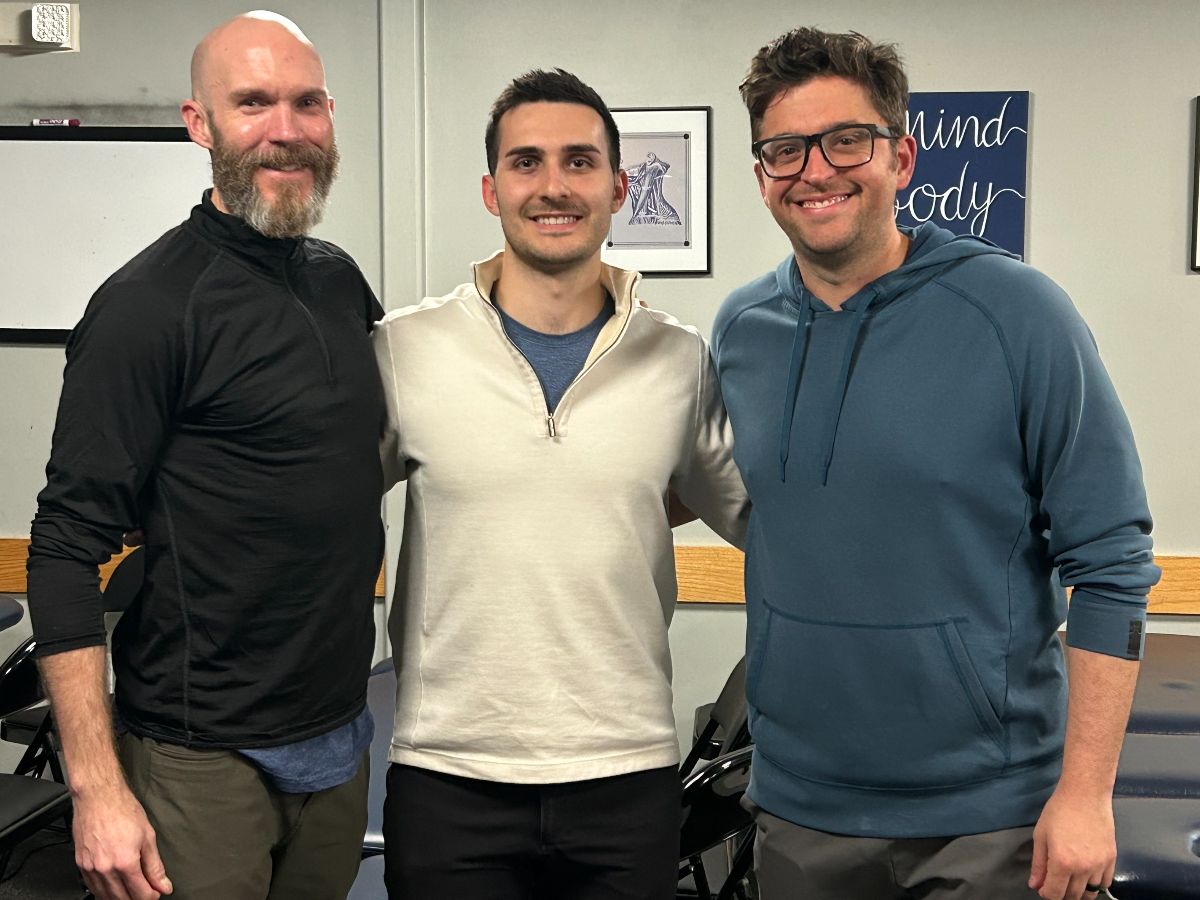
This past weekend I traveled to Boston to attend a continuing education course all about treating injured runners. Lead by two nationally renowned physical therapists in the space: Chris Johnson and Nathan Carlson. They have a podcast called The Runner’s Zone which talks all about running injuries and the rehab process for treating them. All their material is geared towards clinicians like myself but you might want to check them out.
A wide range of topics were covered during this weekend course and I want to share my #1 takeaway: The twistability of your foot is REALLY important
In the running community, we hear a lot about over-pronation, pronating, arch support, stability shoes, etc. But what is actually going on in the foot?
To break it down as simply as I can, during a running stride, as your foot is approaching the ground, it’s relatively loose. When it contacts the ground, the foot bends and twists as your weight shifts onto your foot and leg. The foot becomes pronated as it accepts this weight and travels underneath you. This is 100% normal. Pronation is normal.
Once the foot starts traveling behind you, it stiffens up and goes from a pronated position to a supinated position. This allows you to push through your leg and down through your foot to propel your forwards.
This mechanism of your foot traveling between pronation and supination throughout the different stages of the running stride is really important but sometimes it can become problematic. If your foot isn’t able to travel between pronation and supination smoothly and with control, all hell can break loose.
If your foot isn’t able to travel between pronation and supination smoothly and with control, all hell can break loose.
If that mechanism is limited in any capacity, whether in terms of mobility (range of motion) or in terms of control (strength), compensations will travel throughout the leg in order to complete the stride. Possibly even all the way up to the hip.
The body is smart. If you tell it to run forward, it’s going to figure out a way to do it. Even if that way can lead to injury if the abnormal cycle is completed 10s of thousands of times like in a long run.
So, what does this mean for you? It means you’ve got a physical therapist in YOUR area that has cutting edge knowledge of how to treat your running related injury. I’ll be taking all the knowledge I learned from this weekend and applying it to current and upcoming patients.
I’ll also be taking this knowledge and bringing it to my upcoming How to Run Workshop. On Saturday, April 12th from 11:00AM – 11:45AM at Blink Fitness in Evanston, I’ll be leading a free How to Run Workshop for new and experienced runners to 1) Learn how to run and 2) Improve their running mechanics.
Treadmill space is limited for this workshop so if you’re interested, be sure to RSVP and reserve your spot. Click the button below to register for the workshop.
Your best is yet to come!
Dr. Michael

